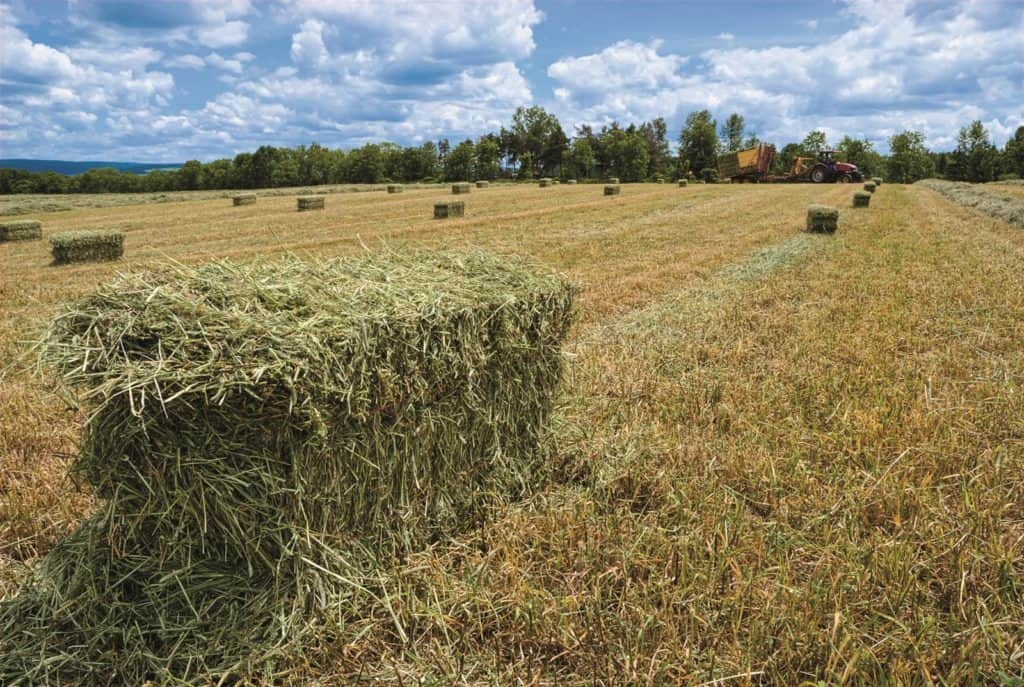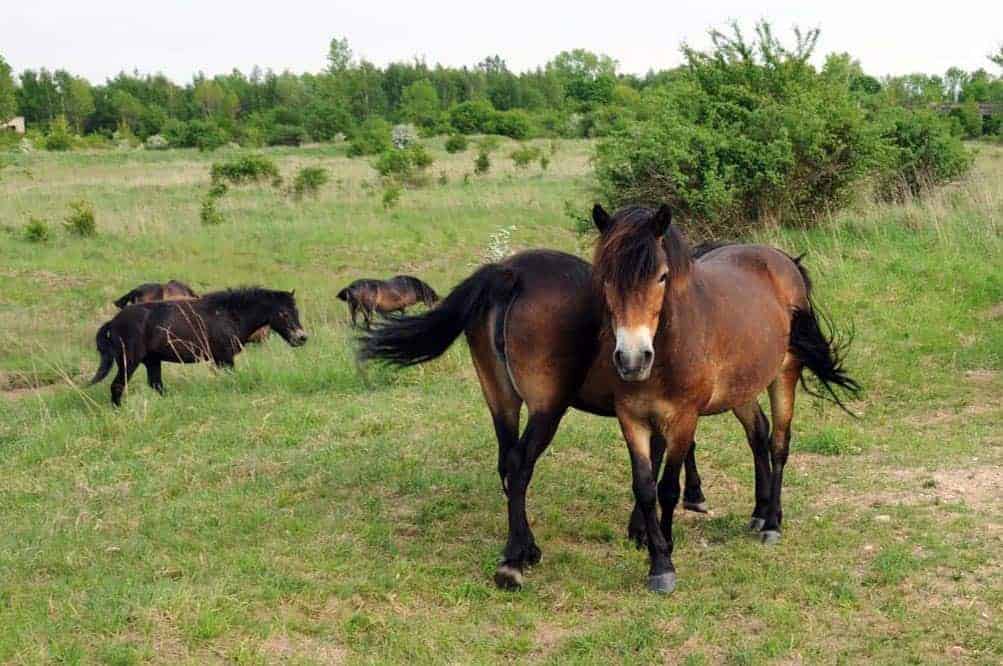
Colic Basics: What You Should Know
Being prepared in advance can help horse owners handle this scary situation as well as possible.

Being prepared in advance can help horse owners handle this scary situation as well as possible.

Creeping indigo was once studied for its potential as a livestock feed, but can be deadly to horses.

Here’s how to help your pasture outcompete weeds so you can avoid using toxic herbicides.

Here’s what you need to know about this important forage in your horse’s diet.

Basing a horse’s diet on forage allows him to function as evolution and nature intended. Here’s where to start.

Prince’s research could ultimately help owners better manage horses that require low- or high-carbohydrate diets.

Lecture topics will include forage types, efficient forage use, hay production and quality, and more.

The researchers hope the ponies help restore the land to the rich and productive territory it was before World War II.

Creeping Charlie, or ground ivy, is toxic, but generally horses must consume large quantities for a reaction to occur.

Changes in Finnhorse mares’ body weight and condition and in gene expression did not appear to evoke insulin resistance.

Researchers found that dominant horses seem to be have higher body condition scores than their less-dominant herdmates.

Obesity is not just a cosmetic issue. It’s a health issue. Learn how to modify your horse’s diet to help him slim down.

Researchers found that 59.2% of horses aged 11 to 15 had hooks, 30.8% had wave mouth, and 26.7% had periodontal pockets.

Fumonisins are dangerous mycotoxins sometimes found in feed. Here’s what to watch for and how to protect your horse.

Find out how to prevent groundhogs, voles, and other pests from leaving horse-limb-sized holes in your pastures.

Feeding a balanced diet and ensuring nutrient replacement after exercise are imperative to keep horses performing well.
Stay on top of the most recent Horse Health news with
"*" indicates required fields